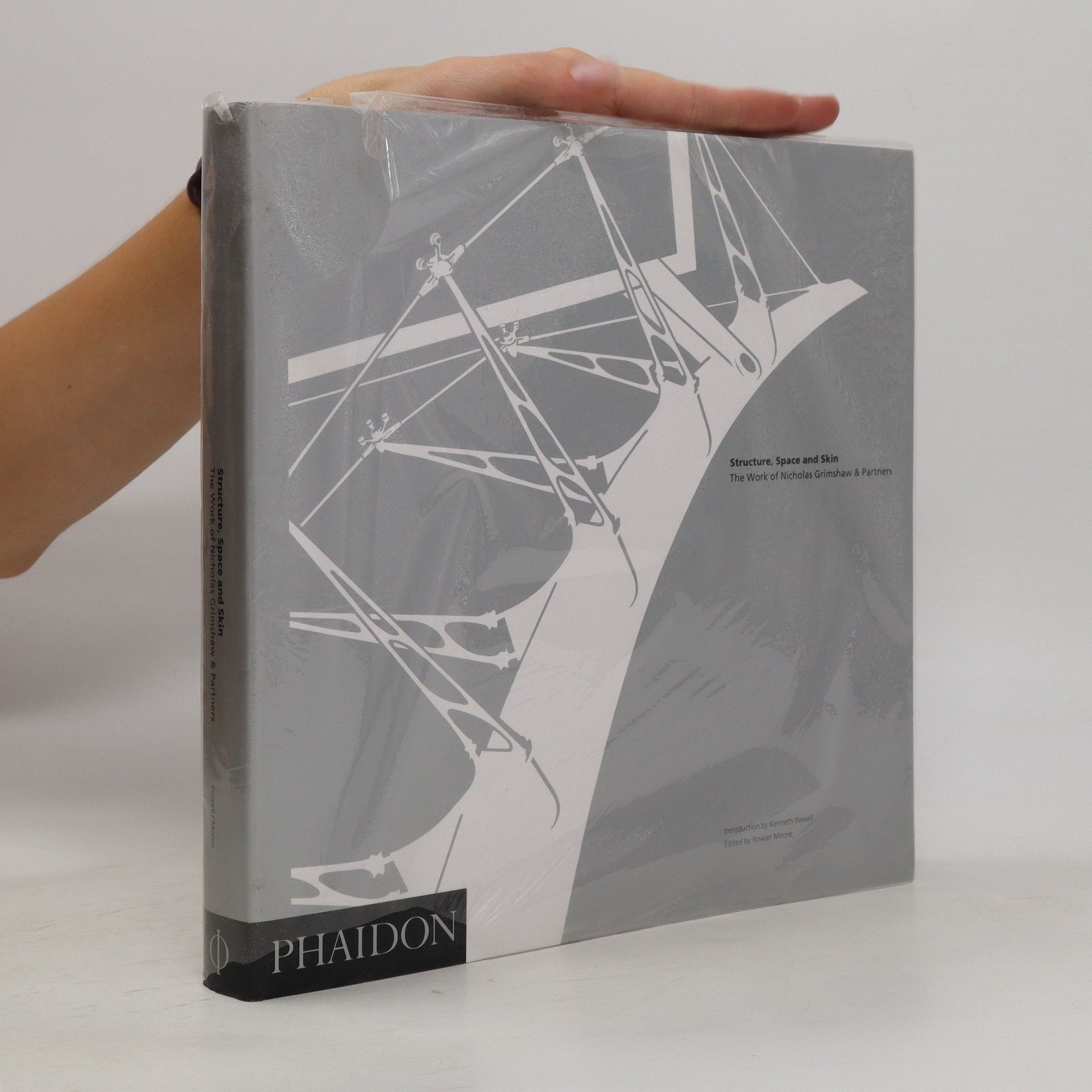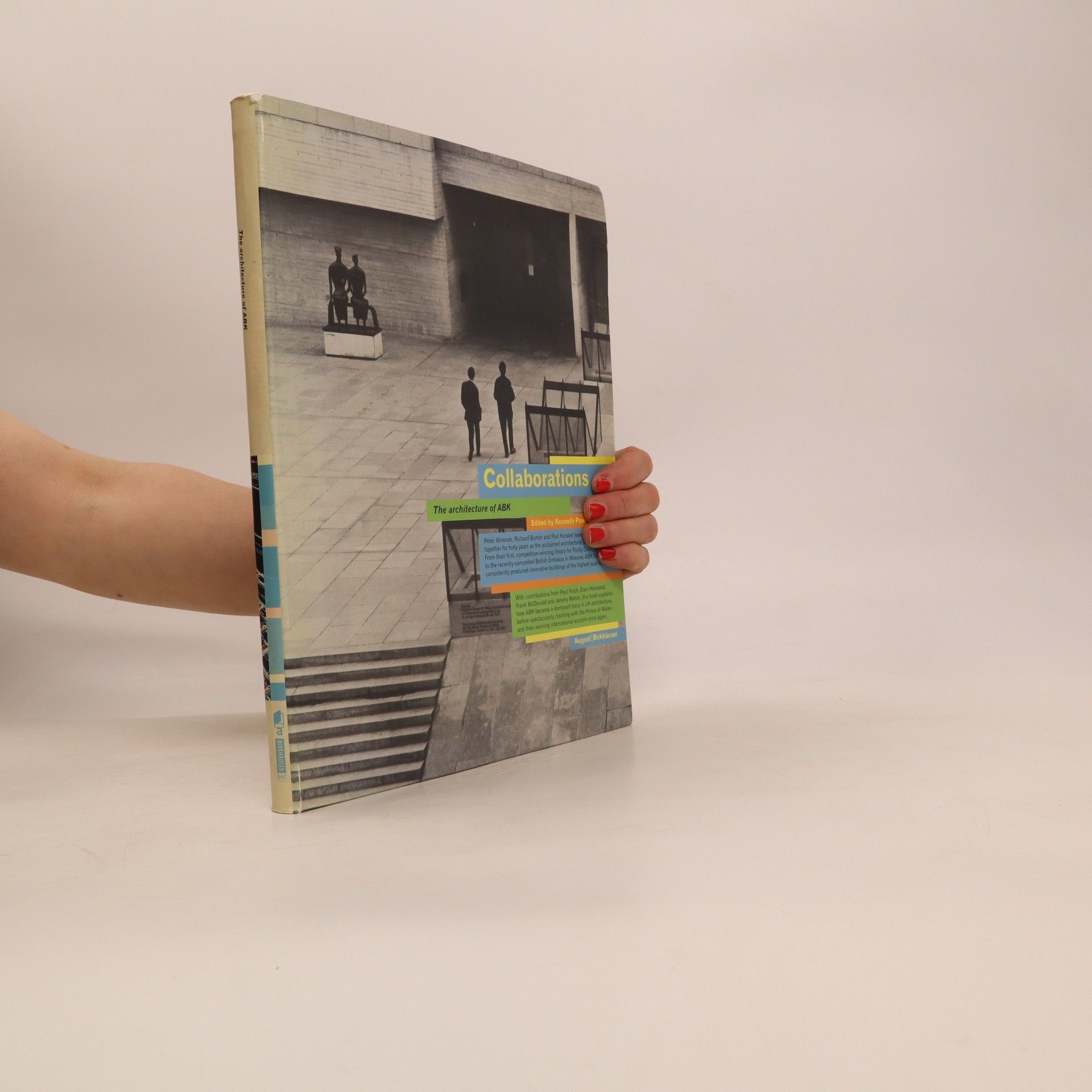Designed by the internationally renowned architect Renzo Piano and developed by Irvine Sellar, The Shard is one of the worlds most striking new skyscrapers and is now, at 310m, the tallest building in Western Europe. Almost twice the height of any other viewing gallery in London, the View on floors 68, 69 and 72 offers visitors a 360-degree, 40-mile view over one of the worlds most historic and exciting cities. Organized spread by spread, easy to navigate and as elegantly designed as the building itself, the official guidebook sets The Shard in the context of Southwark, before outlining the design principles and construction story of the building. Also included are Q&As with both the architect and the developer and fascinating facts and stats relating to this extraordinary building. Central to the books purpose as the official guidebook is a series of twelve double-page panoramic photographs of the view from The Shard, all of them new to this edition. An informative souvenir for visitors to The Shard, the book will also be available in the trade, making it available to all Londoners and visitors to the capital.
Kenneth Powell Boeken






Collaborations
- 176bladzijden
- 7 uur lezen
The work of British architects ABK is characterised by the founding partners' belief that buildings should address far more than purely functional needs. Energy and the environment, historical context and user participation are central to their work. Peter Ahrends, Richard Burton and Paul Koralek are particularly interested in the integration of art, architecture and landscape, an approach which has resulted in a series of collaborative partnerships over the course of their careers. This book traces ABK's development, from early landmark projects like the Berkeley Library at Trinity College, Dublin to the highly acclaimed British Embassy in Moscow, which opened in 2000. It also tells the full story, for the first time, behind the most notorious British architectural episode of the 1980s - how ABK won the commission to design an extension to the National Gallery in London, only to have it taken away from them when Prince Charles described the scheme as a 'monstrous carbuncle'.
Structure, Space and Skin
- 256bladzijden
- 9 uur lezen
This book features Nicholas Grimshaw's work from the late 1980s to the late 1990s, which includes some of Europe's most prestigious in Berlin he was planning a new Stock Exchange, while in London he built on the success of his Financial Times printing plant with his stunning new international railway terminal at Waterloo, which was completed to wide acclaim.
1 Finsbury Avenue: Innovative Office Architecture from Arup to Ahmm
- 160bladzijden
- 6 uur lezen
Completed in 1984 by Arup Associates 1 Finsbury Avenue (1FA), the first section of the Broadgate masterplan was widely acclaimed at the time and has since been listed as a Grade II building by Historic England. It was commonly acknowledged as having set the exemplar for future commercial architecture in the UK, introducing major innovations in construction methods and materials from the US, and adopting a whole new approach to the design and planning of an office block. 1FA is currently undergoing a prestigious mixed-use restoration by British Land, in liaison with Historic England, and designed by award-winning architects Alford Hall Monaghan Morris. While retaining the distinctive listed facade and reintroducing the original plan's full-height interior atrium, AHMM have taken a similarly innovative and experimental approach to the complex, and in doing so, have set a new exemplar for the future of office design in the 21st Century. This book sets the iconic building in its historic context, before detailing the story of its initial development, design, and construction, its listing, and the effect of this listing on a commercial property in terms of planning and adaptive re-use. It then critically examines the current, similarly innovative scheme and the reimagining of this late 20th century landmark.
The Great Builders surveys the careers of forty great architects whose engineering skills were crucial to their success. Sixteen nationalities and seven centuries of architectural innovation make for a survey of spectacular scope and depth: from churches and fortresses to bridges and high-tech skyscrapers, it includes masterpieces from all over the world and covers 700 years of architectural history. Here is Brunelleschi, who built the 'unbuildable' dome of Florence Cathedral; Sinan, a Christian engineer who became chief architect to the Ottoman court; Joseph Paxton, scribbling down a design for the Crystal Palace, London, on a piece of blotting paper; and James Bogardus, an early American evangelist of the opportunities offered by cast-iron architecture. Rapid advances in industrial production inspired experiments with new materials and techniques, gradually allowing a whole new architecture to emerge: reinforced concrete, plate glass and steel were central to the creations of Le Corbusier, Auguste Perret and Mies van der Rohe, for instance; and, in the High-Tech architecture of the present day - represented by Norman Foster, Frank Gehry and Santiago Calatrava, among others - computer-aided design has seemingly tested the boundaries of the possible. With 26 illustrations, 19 in colour
Immer wieder beeindrucken uns aufregende Bauwerke in aller Welt. Die Kuppel des Domes von Florenz, der die Stadt weithin überragt, der Eiffelturm in Paris, Istanbuls prächtige Süleymaniye-Moschee, das Taj Mahal im indischen Agra oder Australiens Sydney Opera – sie alle wurden zum Wahrzeichen ihrer Stadt. Auch Kirchenbauten wie die Sagrada Familia in Barcelona und die St. Paul's Cathedral in London, Museumsbauten wie das Getty Museum in Bilbao oder die Berliner Museumsinsel imponieren Jahr für Jahr Millionen Besuchern. Doch wer weiß schon, wer all diese beeindruckenden Gebäude schuf? Leicht war es nicht sie zu verwirklichen, denn sie gingen mit technischen Innovationen einher, die die meisten Zeitgenossen für unvorstellbar hielten. Herausragende Persönlichkeiten mit unkonventionellen Ideen waren gefragt, die sich durch an Aberwitz grenzenden Mut und häufig auch langem Durchhaltevermögen auszeichneten.
